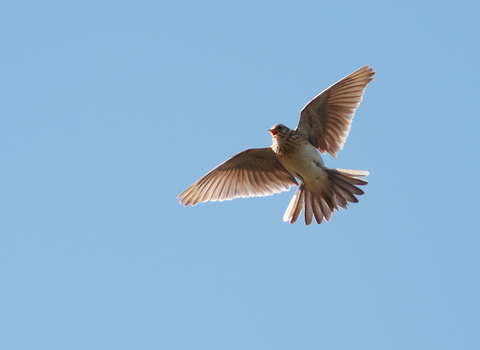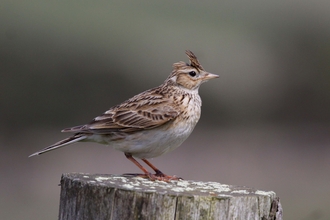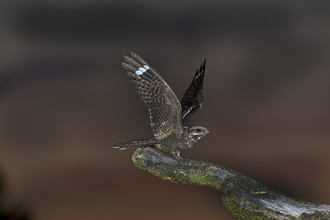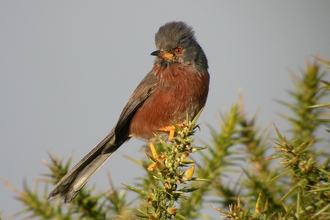Skylarks
The skylark is Wordsworth’s ‘ethereal minstrel,’ and Shelley’s ‘blithe spirit', while John Clare proposes we ‘listen to its song, and smile and fancy’: the song of the skylark has inspired more poets than any other. A tiny speck high in the sky, the skylark soars and falls, singing beautiful, complicated songs over grasslands, rolling downs, coastal saltmarshes, and wide arable fields. Changes in farming have led to skylark populations crashing, and they are now a Red List species of conservation concern.
He rises and begins to round, he drops the silver chain of sound"The Lark Ascending"
Find skylarks near you
Visit one of the locations below and scour the sky in search of the fluttering of the skylark. In spring and summer, the sound of this bird is bewitching. Listen to and see dozens of skylarks at Thurrock Thameside Nature Park, Essex. The grasslands of this former landfill site are perfect for the skylark to feed, breed and thrive.
- Derbyshire, The Avenue Washlands
- Highlands, Rahoy Hills
- Lincolnshire, Gibraltar Point
- Nottinghamshire, Skylarks
- Norfolk, Weeting Heath, Roydon Common
- Northamptonshire, Old Sulehay
- Staffordshire, Bateswood
- Surrey, Manor Farm
- Yorkshire, Flamborough Cliffs
What to look for
Watch out for males rising from the ground in display song-flights that can last from several minutes to an hour and reach 300m. When you see or hear one stop awhile – or better still, lie down and give your neck a rest so you can enjoy an ‘exaltation of skylarks’ - the wonderfully descriptive collective noun for this little bird.
If you can't get to these places
The song of the skylark has inspired many poets. Try reading “To the Skylark” by William Wordsworth, “To a Skylark” by Percy Bysshe Shelley, Ted Hughes’ “Skylarks”, John Clare’s “The Skylark”. Read George Meredith’s lyrical poem “The Lark Ascending”, and then listen to Vaughan Williams’ orchestral piece of the same name, inspired by the poem.
More wildlife experiences
From seeing colourful wildflowers to spotting magnificent birds of prey, we can help you get closer to wildlife across the UK.








